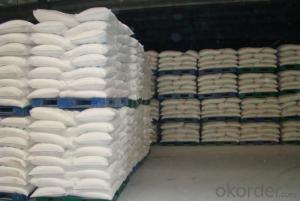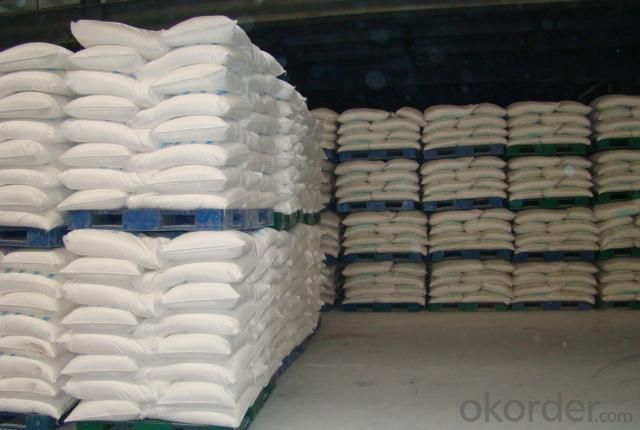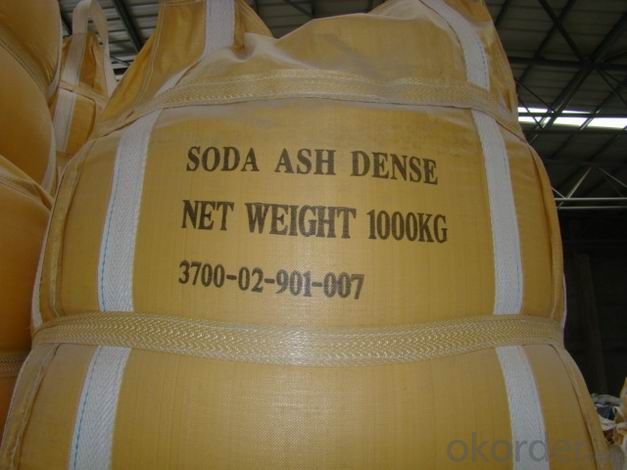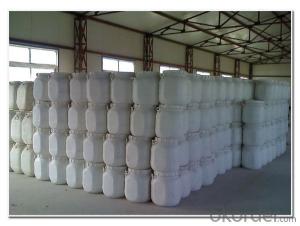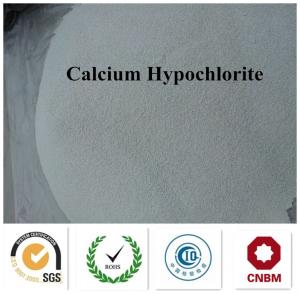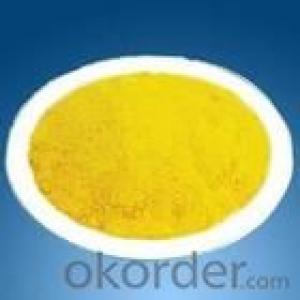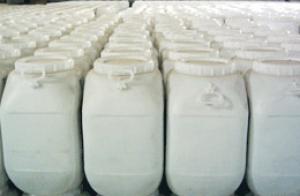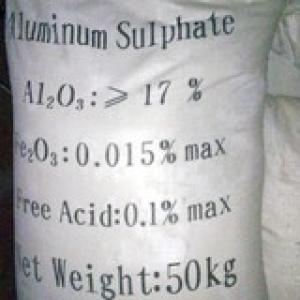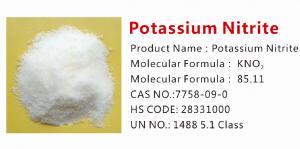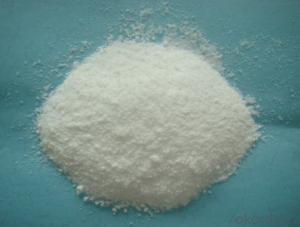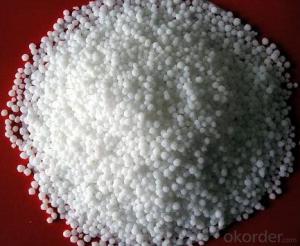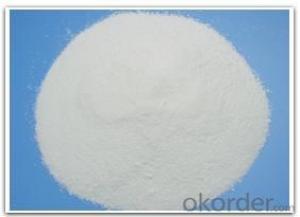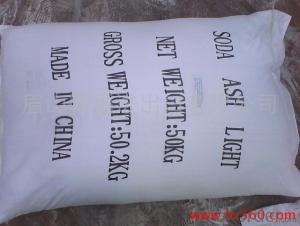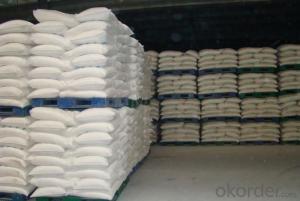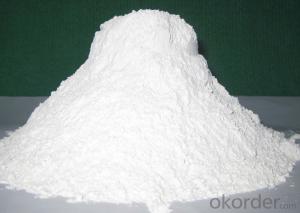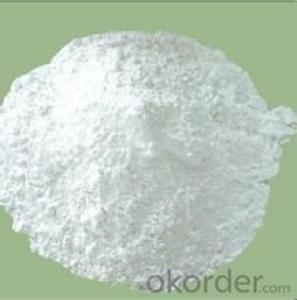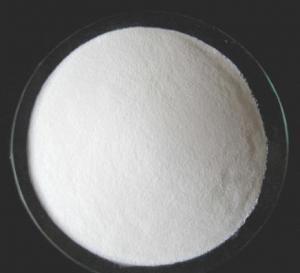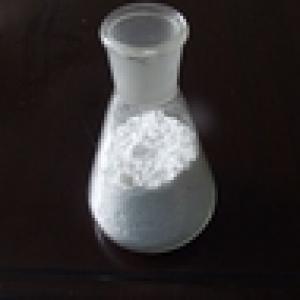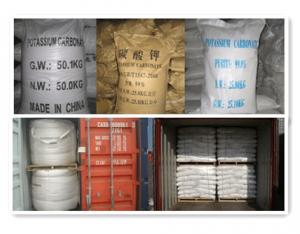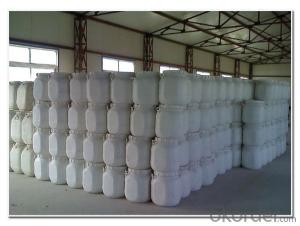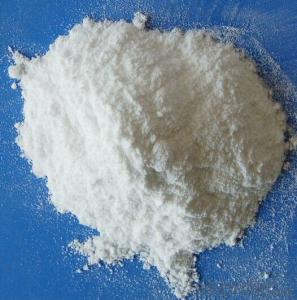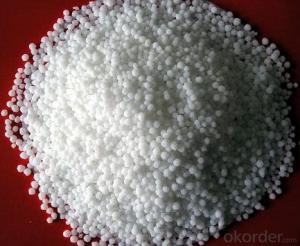Soda Ash with Best High Quality with the Good Price and big Quantity
- Loading Port:
- China main port
- Payment Terms:
- TT or LC
- Min Order Qty:
- 21 m.t.
- Supply Capability:
- 3000 m.t./month
OKorder Service Pledge
Quality Product, Order Online Tracking, Timely Delivery
OKorder Financial Service
Credit Rating, Credit Services, Credit Purchasing
You Might Also Like




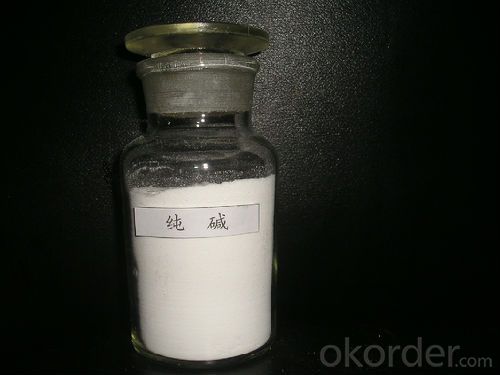
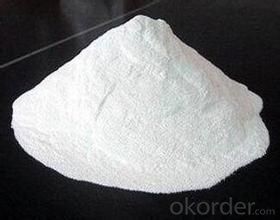
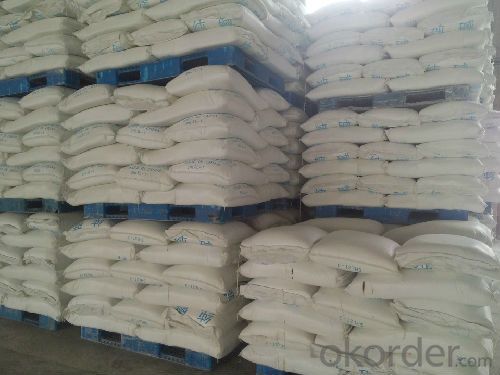
- Q: Where are the parts of the bryophyte absorb water and inorganic salts?
- Moss moss moss, moss Gang, moss root through the fake root absorption, that is, the use of cell penetration technology, moss Gang has evolved out of the root, so you can directly through the relatively low roots to absorb Oh
- Q: What do we get from the milk?
- Milk is rich in minerals, calcium, phosphorus, iron, zinc, copper, manganese, molybdenum. The most rare is that milk is the best source of calcium in the human body, and the proportion of calcium and phosphorus is very appropriate, conducive to the absorption of calcium. Species is complex, at least 100 kinds, the main ingredients are water, fat, phospholipids, protein, lactose, inorganic salts
- Q: How too much to eat too much inorganic salt
- Eat more inorganic salt, human body cells will be dehydrated, you will feel thirsty; if too much will be serious consequences, as if no one has done, after all, very difficult to eat.
- Q: citrate, What is the rationale for using a medium with this type of composition for the performance of the citrate utilization test?Thank you!
- Simmons Citrate Medium
- Q: Why does inorganic salts affect chemical degradation of organic wastewater
- Industrial organic waste water is highly toxic and stable pollutants, for such waste water is difficult to use conventional physical, chemical and biological methods. This paper summarizes the main processing technologies of biodegradable organic wastewater at home and abroad, including biological treatment, chemical treatment and physical treatment and various joint treatment processes. The methods or processes of various methods or processes are described.
- Q: Why are inorganic sodium salts much better soluble in ethanol than potassium salts?
- Potassium's lone electron is much more easily transferred to produce a potassium ion than is sodium's because of its electronic structure so that any potassium salt is more ionic in nature than is its analogous sodium counterpart. Since ethanol is not very acidic (polar) it solublizes less polar materials preferentially over more polar ones. Therefore, sodium salts will, generally, be more soluble in ethanol than will be potassium analogs.
- Q: in the ocean
- Salts are the result of the association of cations and anions. Cations are usually metals like Calcium, Sodium, Potassium anions are ususally sulfates, phosphates, carbonates...... calcium carbonate and calcium phosphate are useful in making bone. Potassium Chloride is important in heart beat regulation Sodium Chloride is important in maintaining blood pressure. Carbonate is important in blood chemistry and the transfer of energy within a cell. all these salts are found in abundance in the ocean. If you follow evolution, those salts in the ocean have given rise to our own blood chemistry and organic health.
- Q: Effects of Minerals on Plants
- Root absorption of mineral elements is based on cell uptake. But the root of the absorption of mineral elements has its own characteristics. First, the roots of salt and water relative absorption. As the root of the salt and water absorption mechanism is different, the absorption is disproportionate. The second is that the root system is selective for the absorption of mineral elements. That is, some of the absorption of some ions, while the absorption of some ions with little or no absorption. The third is that single salt poison and ion confrontation. The general cationic toxic effect is obvious, the anion toxic effect is not obvious. In the single salt solution if adding a small amount of other valence of different metal ions in the salt, single salt poisoning phenomenon will be reduced or disappeared. This effect of ions is called ion confrontation. Generally in the periodic table of different groups of metal elements between the ions will have a confrontation. Plants as long as a certain concentration, a certain proportion of a variety of salt mixture in order to normal growth, this solution is called the balance solution. In the fertilization should be very careful.
- Q: What are the nutritional requirements for bacterial growth?
- For inorganic salts: bacteria need a variety of inorganic salts to provide a variety of elements of bacterial growth, which requires the concentration of 10.3 ~ 10.4mol / L elements for the common elements, the need for concentration in the
- Q: My inorganic diet seems to be working but I am getting tired of the taste of rock salt. Should I continue?
- Its all a matter of self-preservation.
Send your message to us
Soda Ash with Best High Quality with the Good Price and big Quantity
- Loading Port:
- China main port
- Payment Terms:
- TT or LC
- Min Order Qty:
- 21 m.t.
- Supply Capability:
- 3000 m.t./month
OKorder Service Pledge
Quality Product, Order Online Tracking, Timely Delivery
OKorder Financial Service
Credit Rating, Credit Services, Credit Purchasing
Similar products
Hot products
Hot Searches
